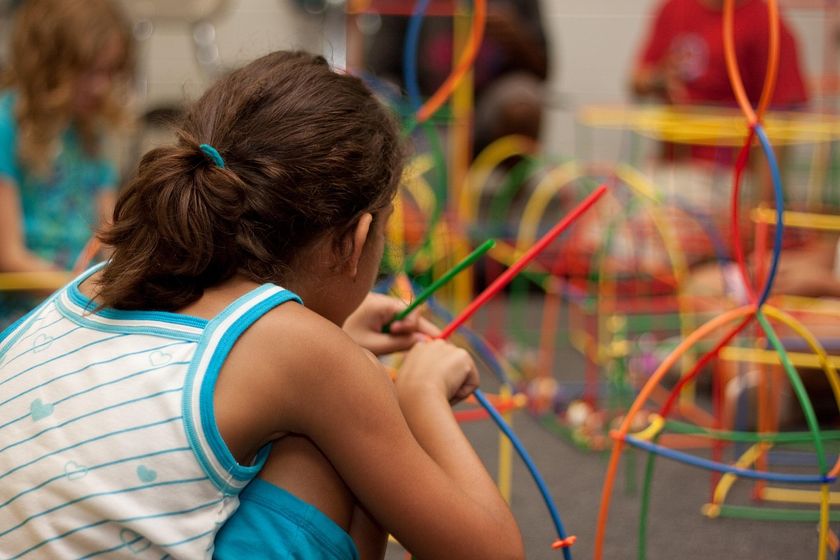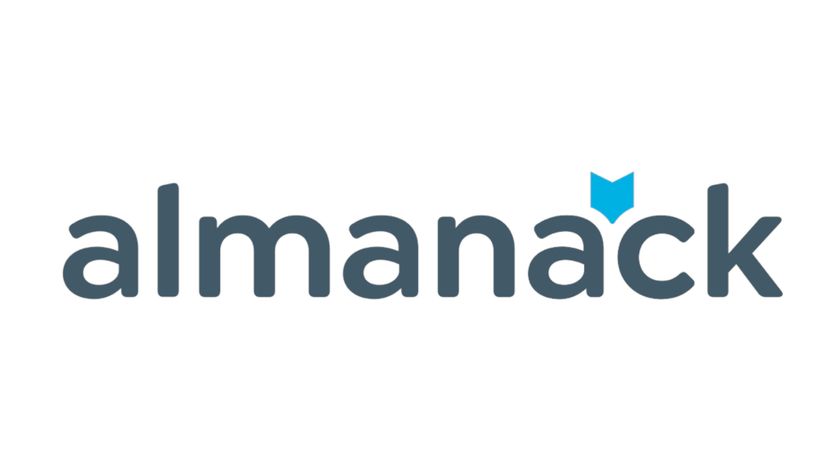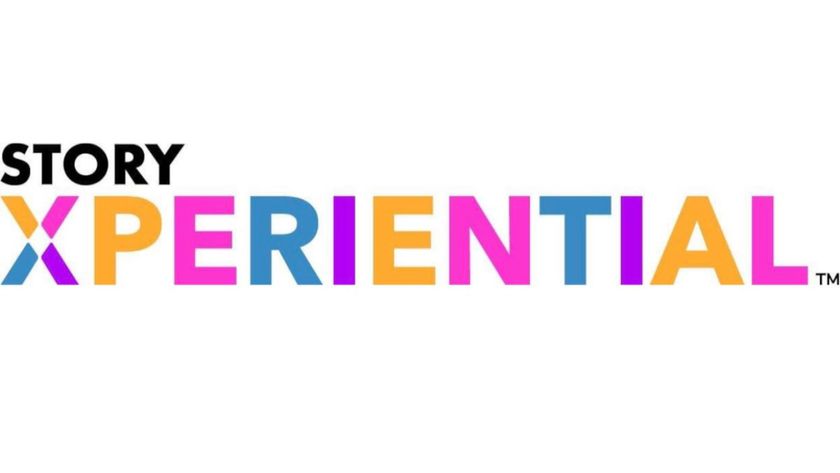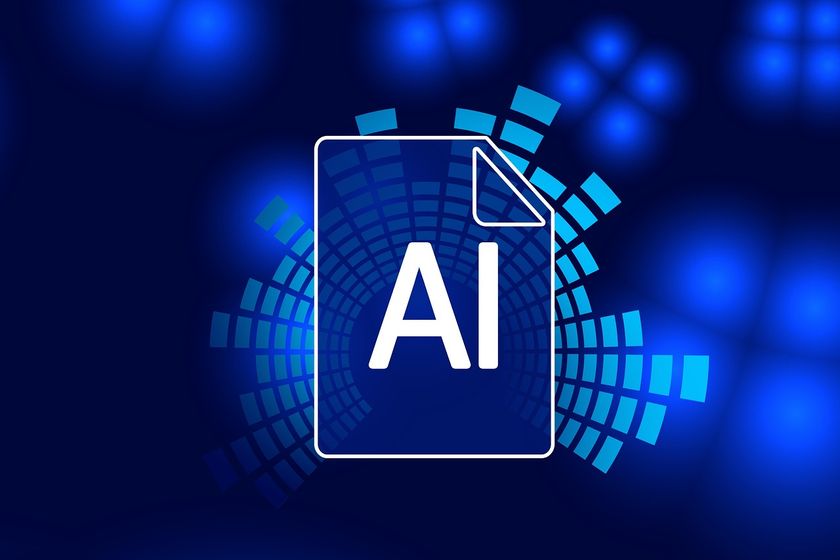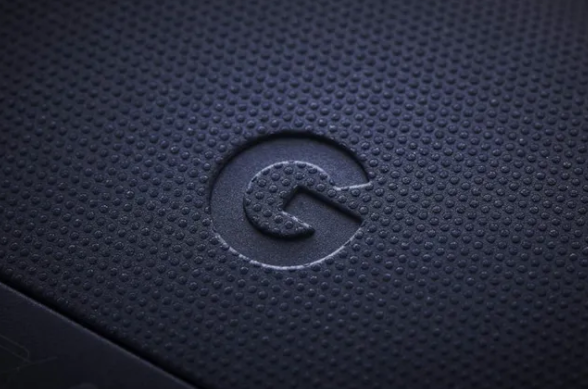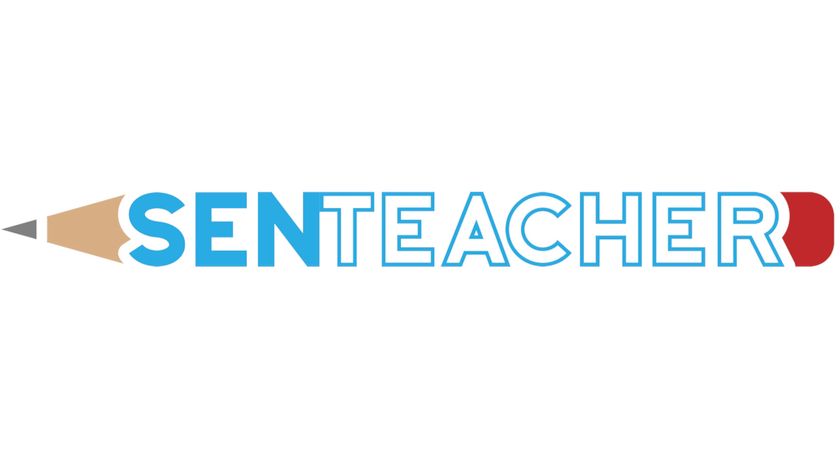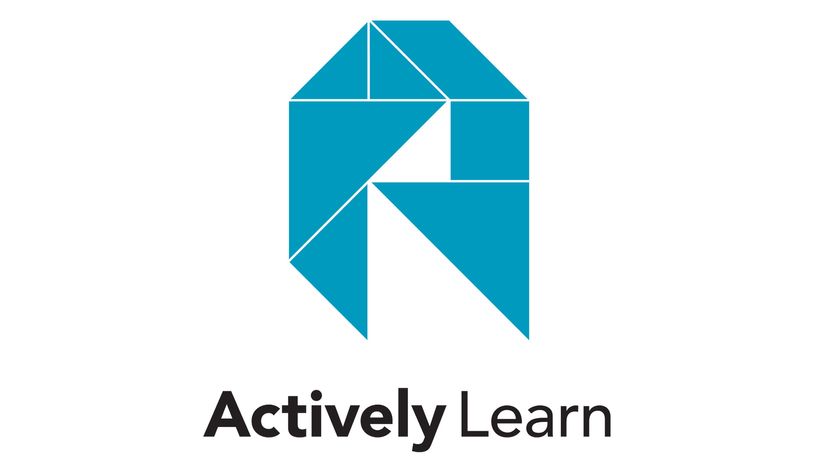What to Know About Buying A Tablet for School
Buying a tablet for school can help you stay connected and portable at the same time

When buying a tablet for school, there are plenty of factors to keep in mind, whether you're a teacher or student. This guide aims to help you think about everything you need, so that you can get the best tablet for your requirements.
These all-in-one devices are one of the most portable ways to have the best of computers, smartphones, and large displays, all in one mobile unit. Nowadays, thanks to powerful processing and extensive operating systems, you can get a near laptop-level experience, without the weight or expenditure.
Since these have large displays, cameras, speakers, motion sensors, and microphones, there is very little these tablets can't do. Read on to find out what you need, and don't, so you can pick the perfect tablet for you.

What's it for?
When buying a tablet for school, a primary consideration is what it will be its primary uses. Get this right and you won't waste money on features you don't need, but also shouldn't be left wanting when you require it for a specific task.
Is this for use as a tablet alone or will you have more laptop-like needs? Most tablets now manage basic tasks such as word processing and spreadsheets, thanks to online offerings. Higher-end models are even very capable for gaming, as well as some basic image and video editing. But for anything super serious, even the best tablets have their limits.
Some tablets come with detachable keyboards, which can make word processing a lot more effective. That said, most will work with any Bluetooth keyboard, should you want to add that later.
Take the operating system into consideration as this can determine how well it works with the school systems. This can also help you think about what apps you will be able to use most easily.
Tech & Learning Newsletter
Tools and ideas to transform education. Sign up below.
Display
Most tablets have high-resolution displays but the level does vary across models. The size is also an area that can vary so it's worth thinking about how portable you want this to be versus the size of the display you need. The larger the screen, the more you're likely to pay and the weight will also be greater.
Many displays are deeply touch sensitive and some are built specifically for stylus pens. So if you did want to use this for tasks such as drawing or marking up, a dedicated stylus system is worth checking, too.
Resolution and colors are the two main metrics worth considering when looking at screen quality. Also, HDR support and refresh rates are features that can help to offer the best movie reproduction quality, if that's a feature you'll use this frequently.
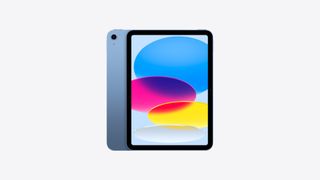
Speed and storage
Most tablets come with powerful processors and plenty of RAM to take care of many tasks that the apps, built for those operating systems, require. You may want a faster processor, with more RAM, if you plan to play high-end games or do any video or image editing.
You can save money by getting a slower processor or less RAM, but this can mean the tablet won't last as long. So consider if this is actually an upfront saving, or if you're limiting the lifetime potential of your device and not getting as much for your money, longer term.
Storage is another feature that may be worth exploring ahead of time. If you're not going to store it everything in the cloud, you will need room for images, audio, and general media files. Plus, you'll want space for apps, so consider what you will need on the device before you pick a hard drive size.

Connectivity
Since a tablet is a stand-alone device, it's important to have decent connectivity. From outputting to a display in class to sharing files over-the-air and connecting to external devices such as speakers and headsets -- options are useful to have.
For the fastest and widest wireless connectivity, you'll want to have WiFi 6 and Bluetooth 5 or above. Hard connections are also worth taking into account, including USB, microSD, HDMI, headphone jack, and DisplayPort.
Charging is another area worth looking closely at, since not all tablets charge at the same speed. Something with a high-speed charger can mean getting back to full power in a shorter time -- ideal if you need this to last for a long period between charge stops.
Pricing
The cost when buying a tablet for school varies massively from a few hundred dollars to well over a thousand. As such you'll want to consider what you're paying for, with brands such as Apple and Microsoft charging a premium for those names.
That said, those names do mean a high-quality product and warranty coverage for peace of mind. You're also paying for their platforms in which app designers offer the newest and best apps -- something to factor into that upfront cost.
You may want to use this with a cover, a keyboard, stylus, mouse, headset, or speaker -- so consider factoring these into your costs before finally deciding on the model for you. Good luck!
Luke Edwards is a freelance writer and editor with more than two decades of experience covering tech, science, and health. He writes for many publications covering health tech, software and apps, digital teaching tools, VPNs, TV, audio, smart home, antivirus, broadband, smartphones, cars and much more.




